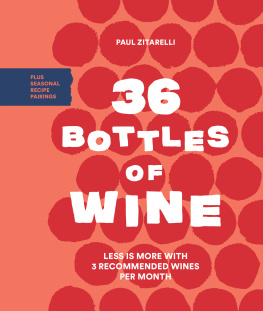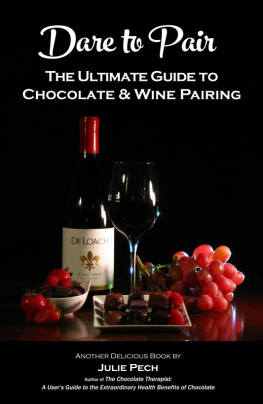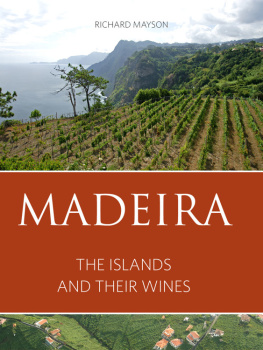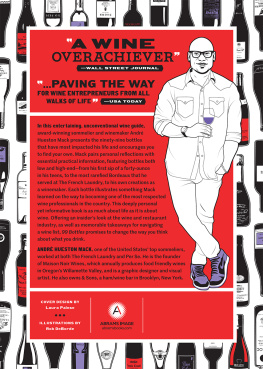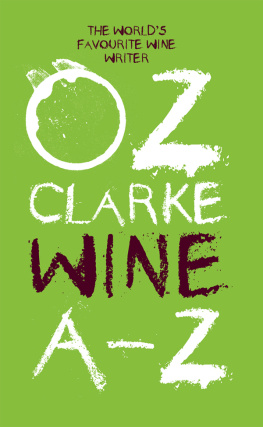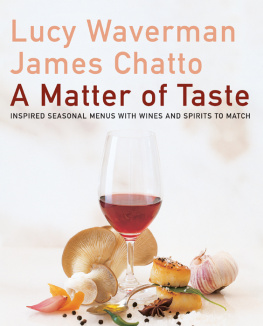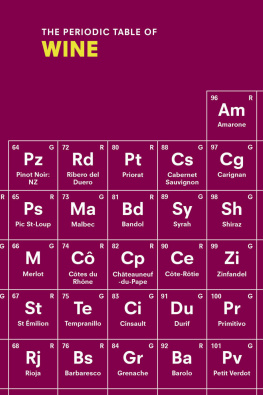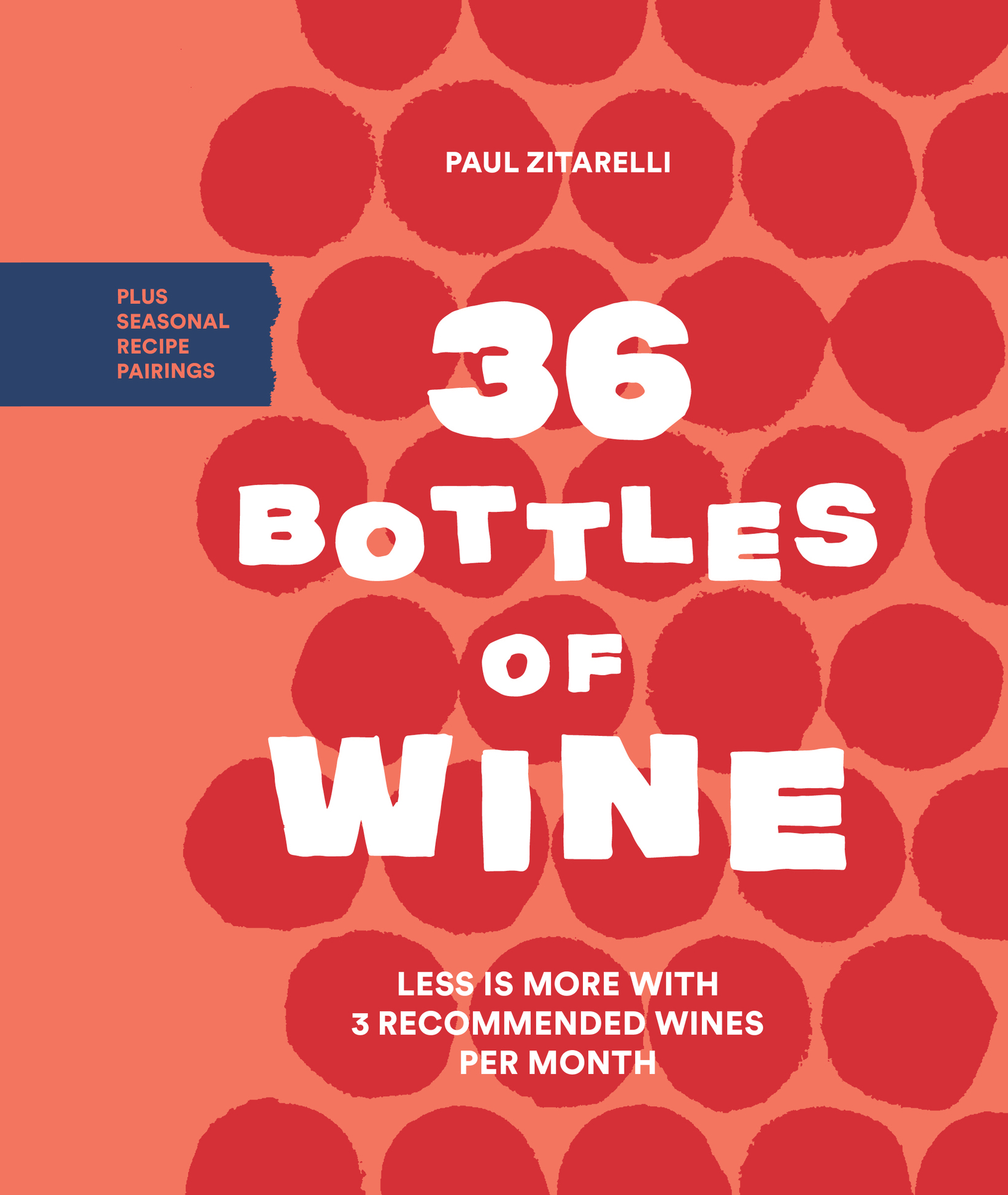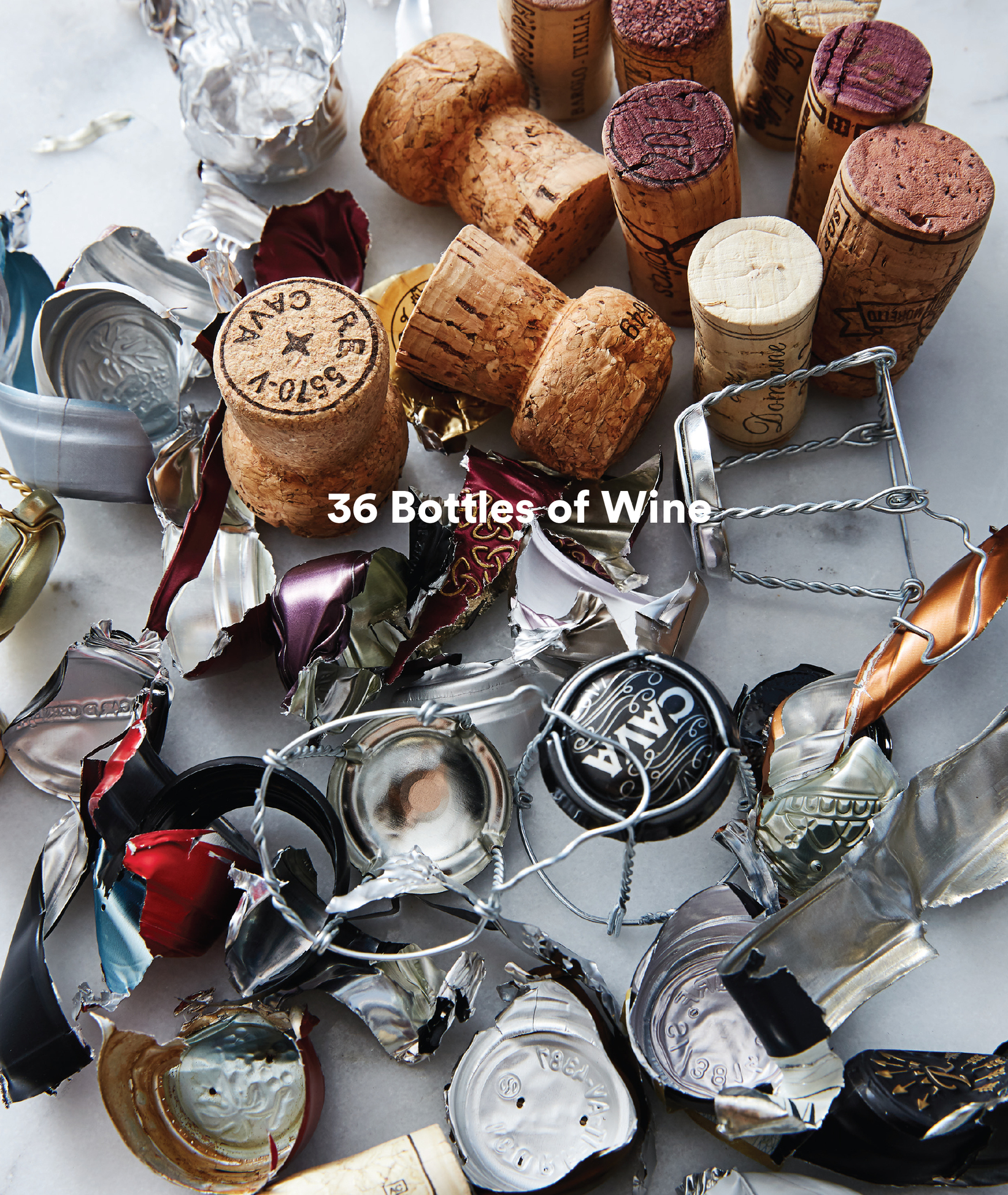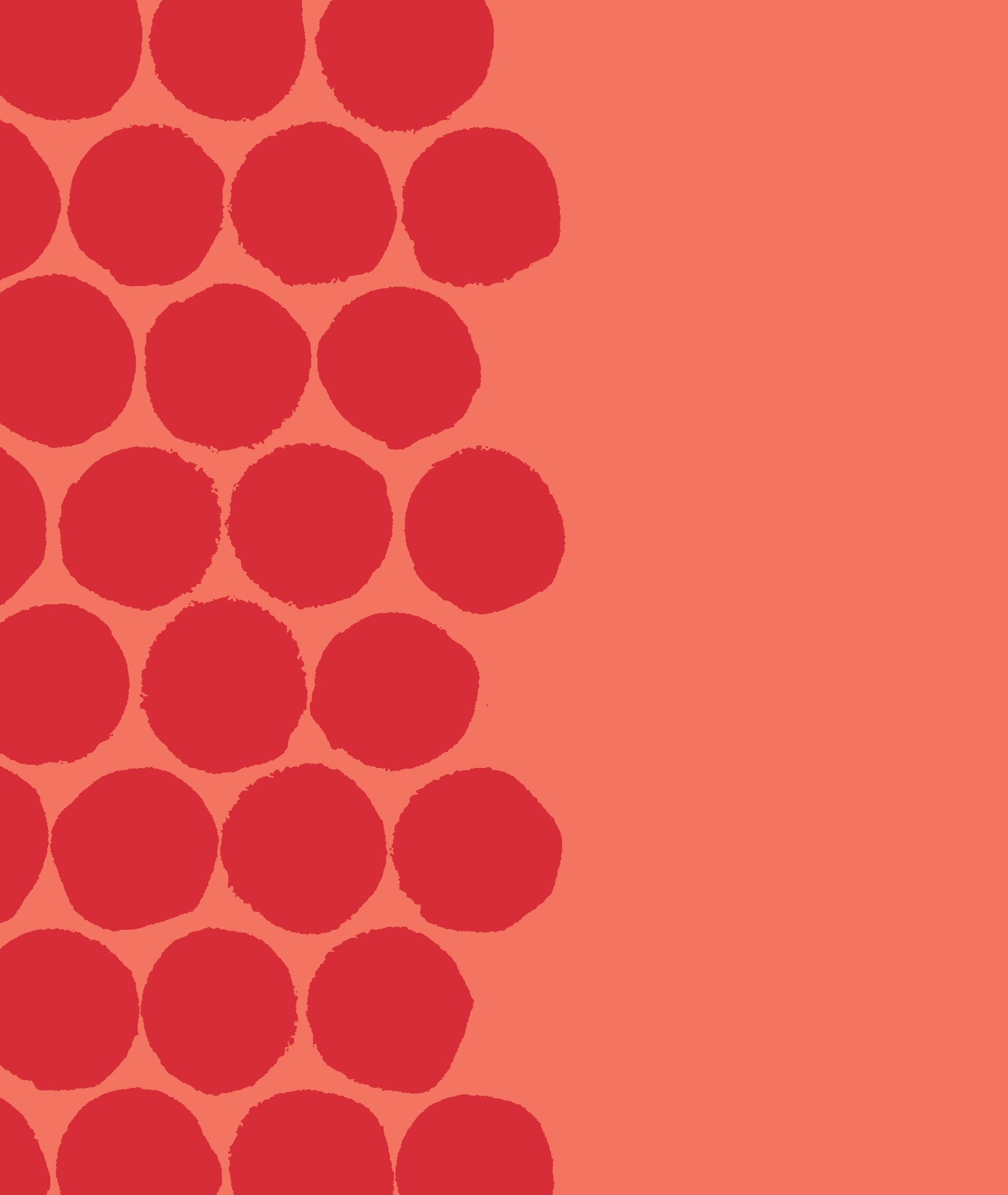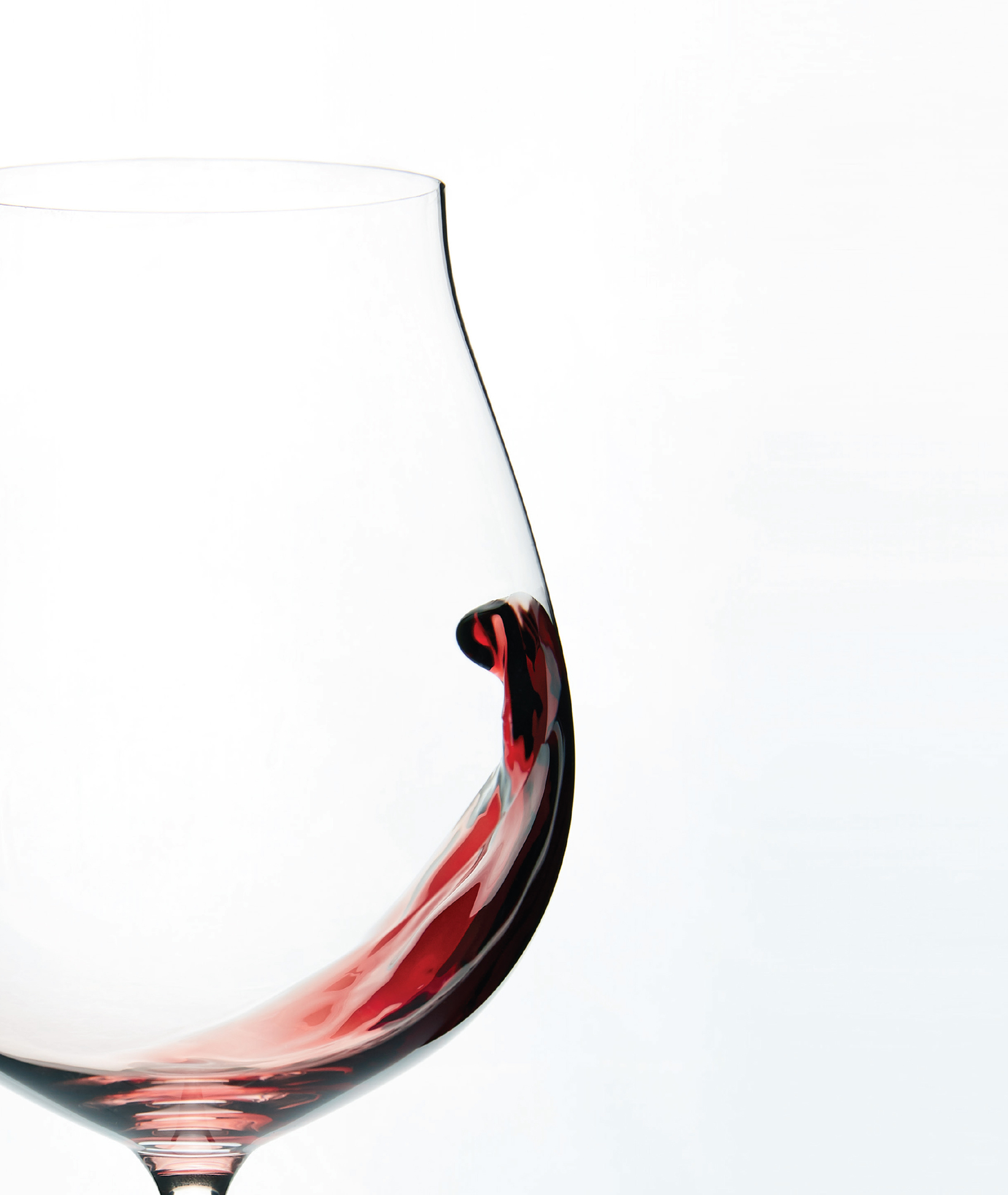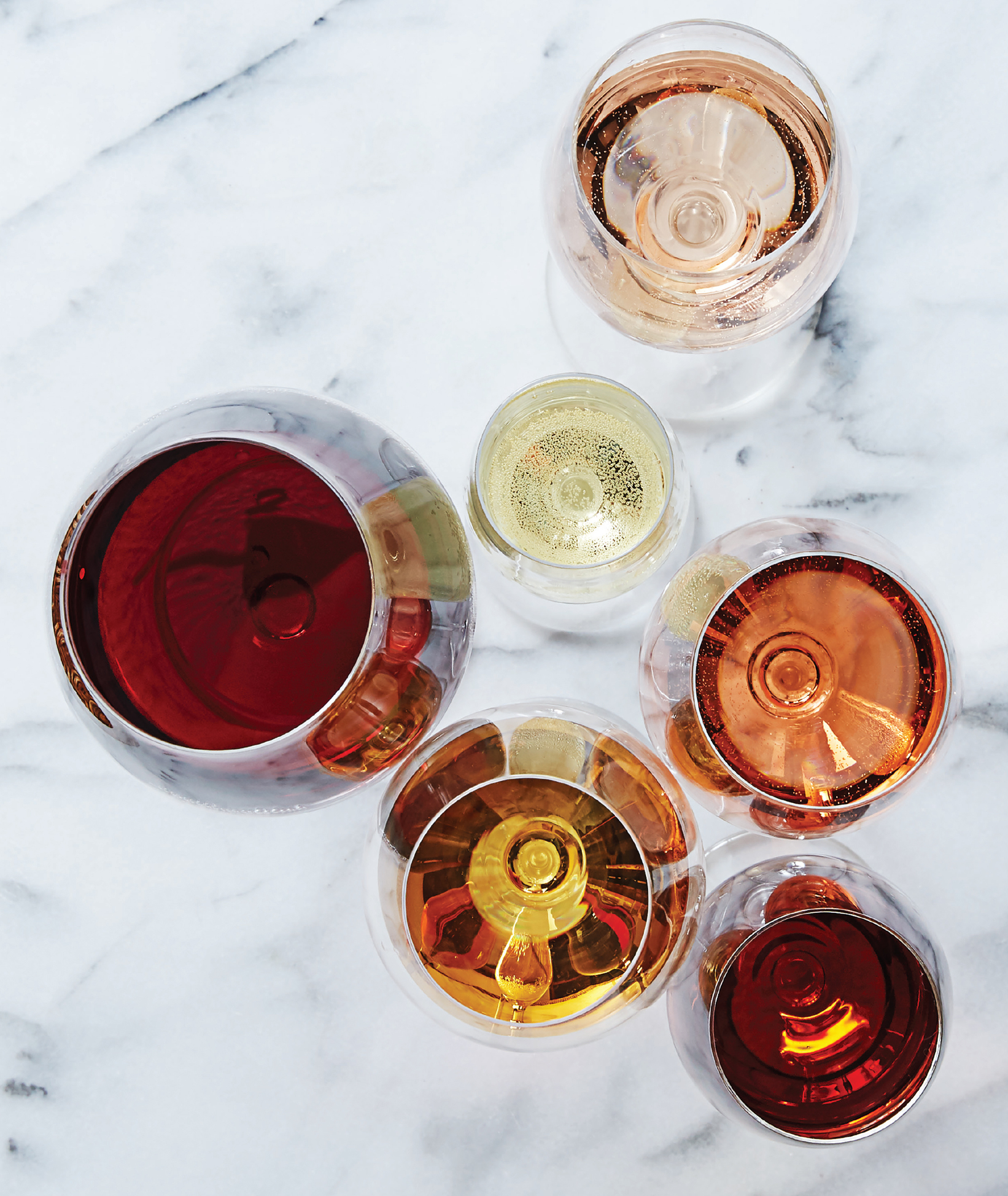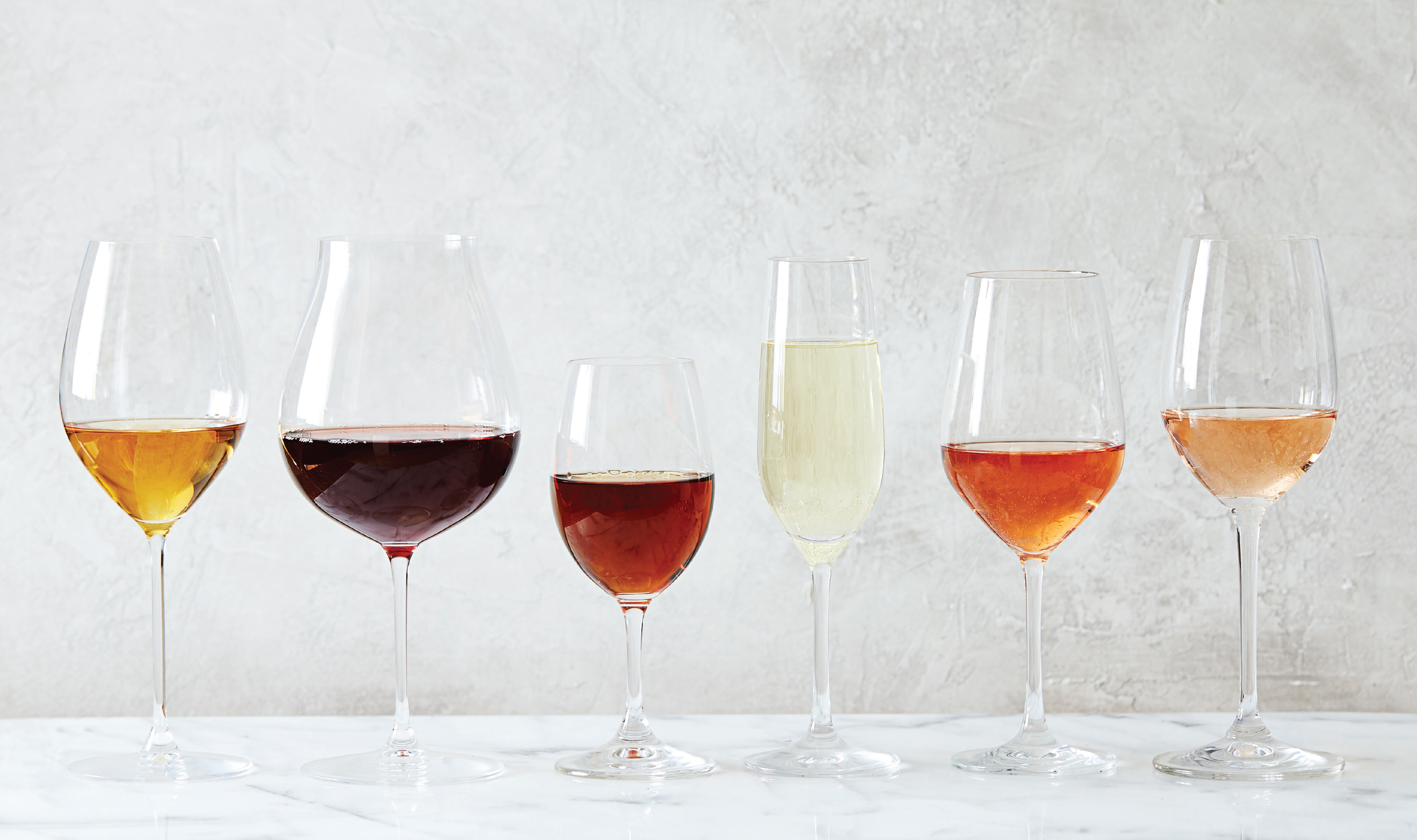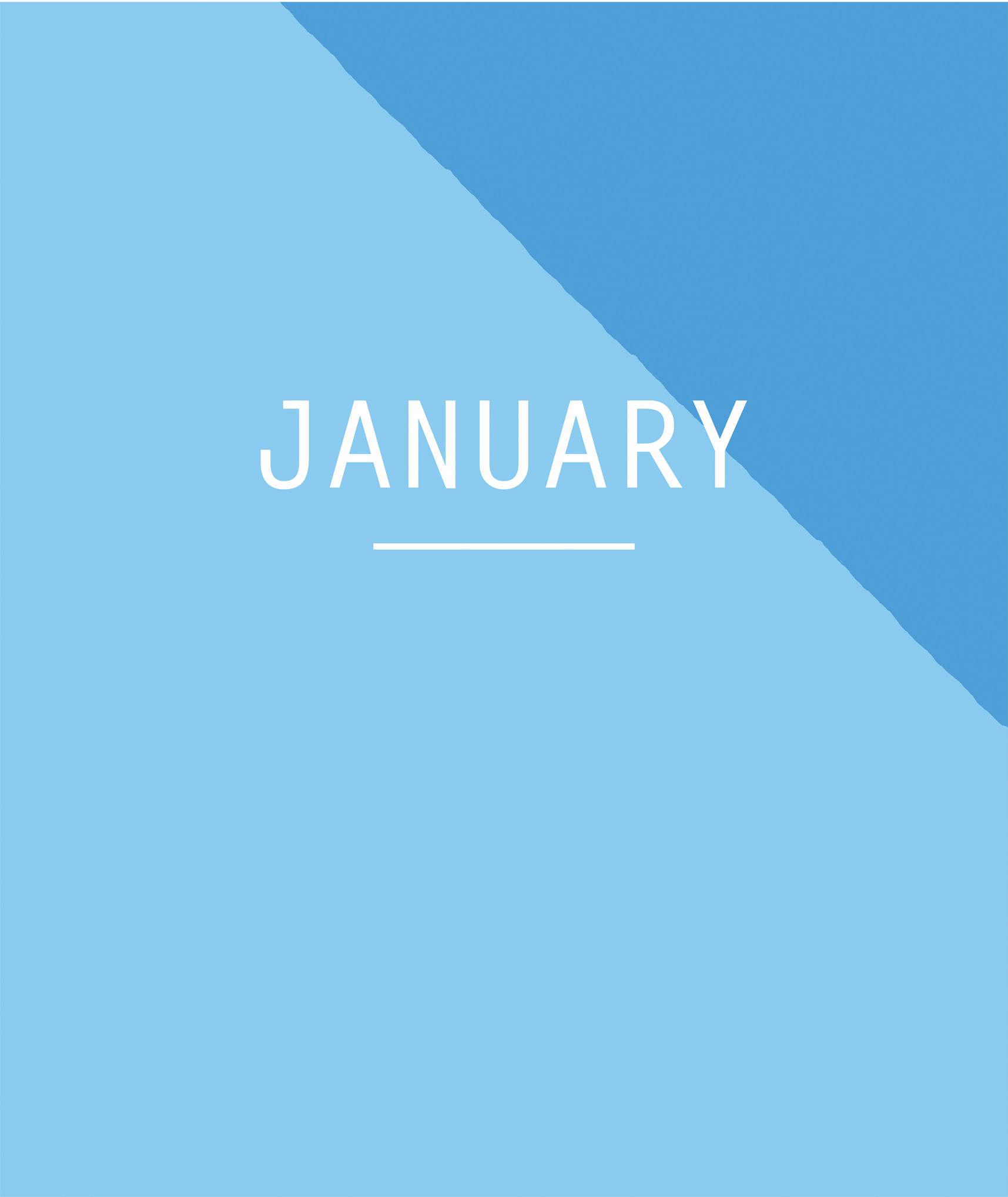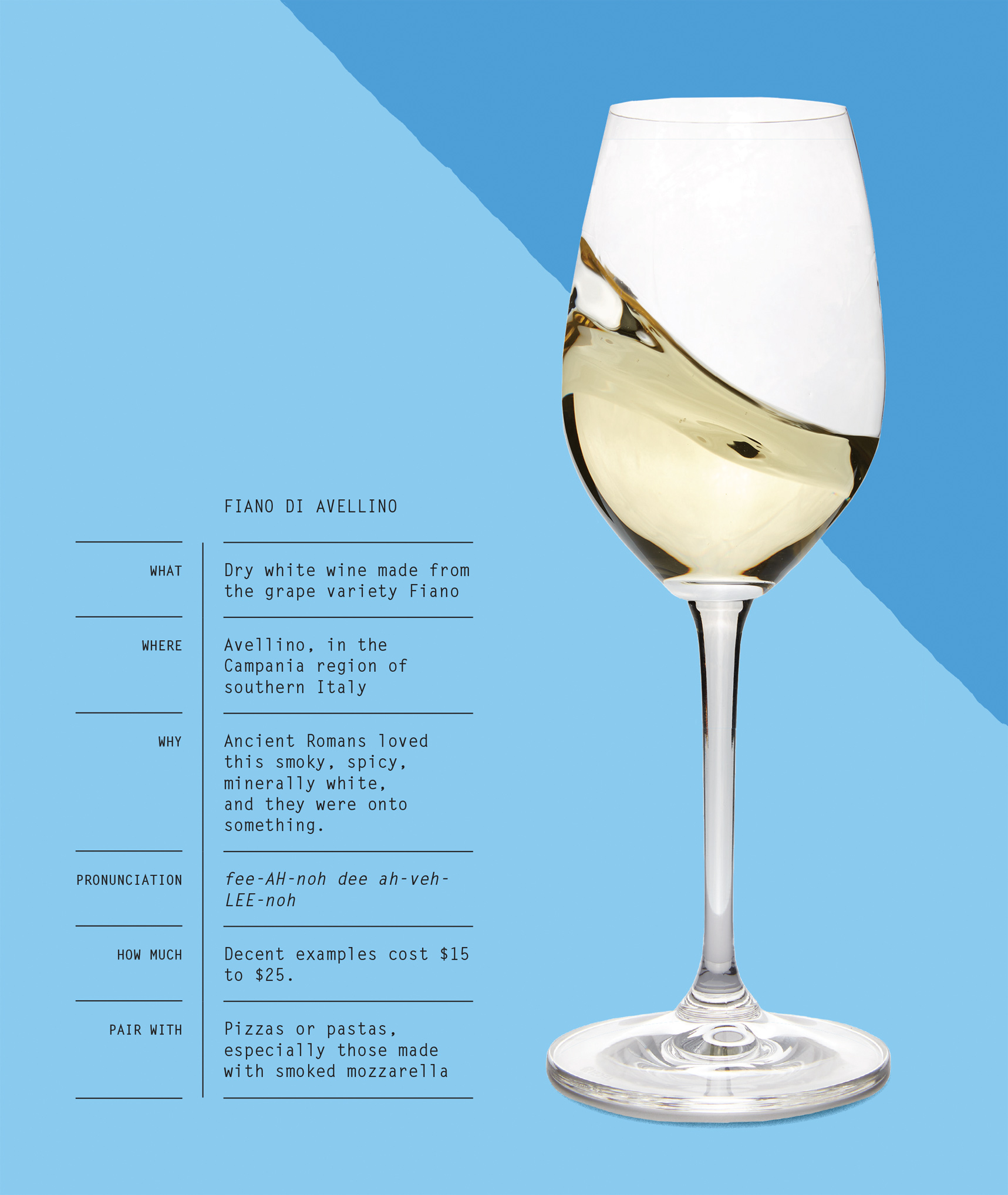Contents
Copyright 2018 by Paul Zitarelli
All rights reserved. No portion of this book may be reproduced or utilized in any form, or by any electronic, mechanical, or other means, without the prior written permission of the publisher.
Published by Sasquatch Books
Editor: Gary Luke
Production editor: Bridget Sweet
Design: Tony Ong
Photography: Hilary McMullen
Copyeditor: Rachelle Long McGhee
Library of Congress Cataloging-in-Publication Data
Names: Zitarelli, Paul, author.
Title: 36 bottles of wine : less is more with 3 recommended wines per month and seasonal menus to pair with them / Paul Zitarelli.
Other titles: Thirty-six bottles of wine
Description: Seattle, WA : Sasquatch Books, [2018] | Includes bibliographical references and index.
Identifiers: LCCN 2018000129 | ISBN 9781632171917 (hardcover : alk. paper)
Subjects: LCSH: Food and wine pairing.
Classification: LCC TX911.3.M45 Z58 2018 | DDC 641dc23
LC record available at https://lccn.loc.gov/2018000129
ISBN9781632171917
Ebook ISBN9781632171924
Sasquatch Books
1904 Third Avenue, Suite 710
Seattle, WA 98101
(206) 467-4300
SasquatchBooks.com
v5.3.2
a
Contents
January Meal:
Sherried Clams and Roasted Cauliflower with Sherry Vinaigrette
February Meal:
Pregnancy Nachos
March Meal:
Braised Lamb Shanks with Cabbage Raab and Garlicky White Beans
April Meal:
Campfire Foil Pouches
May Meal:
Shioyaki Salmon with Pea Salad
June Meal:
Saffron-Butter Spot Prawns with a Simple Salad with Honey-Fish Sauce Dressing and Strawberries
July Meal:
Red-Blooded American Cheeseburger with Grilled Corn
August Meal:
Oysters Three Ways
September Meal:
Tomato Faux-rata Salad and Fusilli with Tomato Rag
October Meal:
Sluggards Polenta with Sercial-Spiked Lobster Mushrooms and Brazilian-Style Collard Greens
November Meal:
Leftover Thanksgiving Turkey Schmaltzo Ball Soup with Shaved Beet and Radish Salad
December Meal:
Garlic-Studded Prime Rib with Beefy Potatoes and Celery Root Remoulade
Introduction
Wine is complicated. We live in an era of commoditization, but wine is the vanguard of the resistance, stubbornly remaining in many ways a cottage industry. Yes, wines complexity is beautiful, but it can be overwhelming too. Walk into a wine shop or wine section of a grocery store and prepare to be completely dumbfounded by the hundreds of wines on offer. The goal of this book is to cut through all the clutter and boil the great big world of wine down to a reduced syrupa short list that will ensure better drinking all year long.
A brief note on how to best make use of this book. Youll quickly realize that I do not recommend specific wineries, wines, or vintages. That would be a recipe for frustration, considering the differing wines that end up in each different market. Instead, these are recommendations for categories of wine that represent compelling value compared to their peers. The best way to use this book is to walk into your neighborhood wine shop and ask the proprietor to recommend a specific wine in the category that interests you. Wine shops (and grocery stores with wine stewards) employ passionate, knowledgeable wine lovers who have insider information about which wineries represent good value in their particular market. And chances are if the shop doesnt carry any wine in the category youre seeking, theyll have the means to special-order it for you.
Throughout my career as a merchant, a writer, and a student of wine, I have tasted oceans of fermented grape juice. Ive kissed thousands of frogs to find a handful of princes: wines that represent extraordinary value. The reasons these categories represent fine value are myriad and varied, ranging from the mundaneshifting winds of fashion, better-known neighboring regionsto the bizarre (nuclear accidents, cultural appropriation).
For each month of the year, Ill recommend a trio of wine categories to exploreone white, one red, and one wild card (sparkling wines and Ross, sweet wines and fortified wines, even a wine cocktail)along with a wine-friendly meal. Seasonal eating has moved from the margins to the mainstream in recent years; its time for seasonal drinking to piggyback on. There is such great pleasure in eating asparagus at the height of its late-spring freshness. The ephemerality heightens the delight. Similarly, while were eating that delicious asparagus, we should be drinking grassy Sauvignon Blanc. Each enhances the experience of the other. And then, when the seasonand our foodchanges, so too should our wine.
I hope this book decreases the stress, and increases the joy, associated with purchasing and drinking wine. And I hope youll consider storing it in the kitchen, where it can live among the harmonious sounds it hopes to inspirecorks pulled from glass bottles, chopped onions exploding into sizzle alongside knobs of butter, and the laughter of friends and family.
Fiano di Avellino
From honeybees to ancient Romans to our glasses. Thats the likely lineage of Fiano di Avellino, a rich winter white from the heart of Campania in southern Italy. Back when wealthy Romans dotted this region with villas and vineyards, there was one grapethat attracted special attention. They called it apianum in Latin, essentially nicknaming it the wine of the bees, because bees buzzed to this particular grapevine more than any other. Claudius and Octavia and their pals quickly caught on:what was appealing to the bees (high sugar content) also appealed to wine-guzzling humans. High sugar content in grapes either means high alcohol in the finished wine (toga! toga! toga!) ormore likely given the lack of lab-developed super-yeasts inancient Romefinished wines with moderate alcohol and plenty of residual sugar.
Despite its popularity with the laurel-wreath-and-sandals crowd, Fiano had reached near-total obscurity by the second half of the twentieth century, a victim of unpopularity among farmers (naturally low yields make Fiano an expensive grape to grow)and fashion trends in Italian whites toward lighter, more neutral styles (think about every somnolent Italian Pinot Grigio youve consumed over the years).

